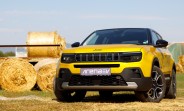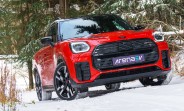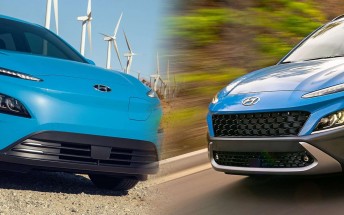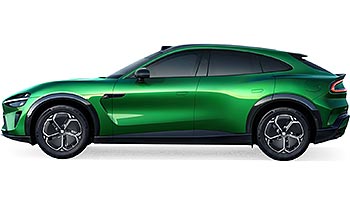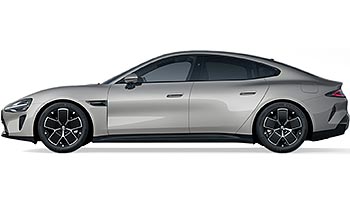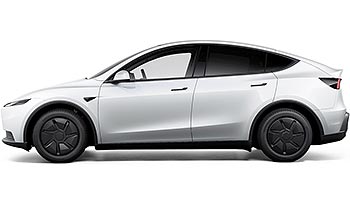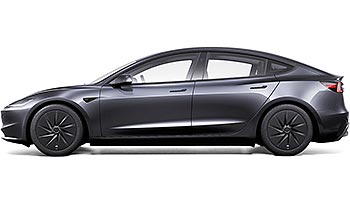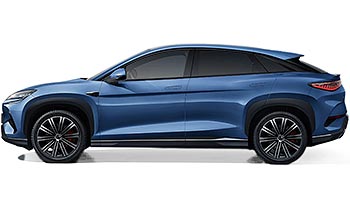Musk says the phantom Tesla Roadster will fly this year
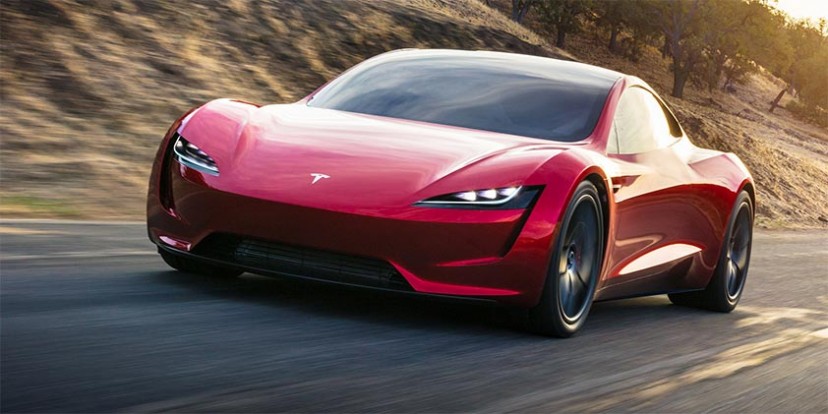
The Tesla Roadster is an electric car that feels more like a myth than a real machine at this point, but there still might be some life left in this fantasy. Suddenly, after years of silence and missed deadlines, Tesla CEO Elon Musk is making big promises... Again. He claims a new demonstration of the supercar is "getting close" and will happen by the end of the year. This time around, there's a new, wild claim: the Tesla Roadster might "fly."
For those of you new to the story, this is not a new vehicle. The original Tesla Roadster was the company's very first car, ending its production run in 2012. Then, in a surprise 2017 event, Tesla unveiled a stunning next-generation Roadster. It came with unbelievable promises: acceleration from 0 to 60 mph in 1.9 seconds, a top speed over 250 mph, and a range of 620 miles. The price was set to start at $200,000 and production was supposed to kick off in 2020.
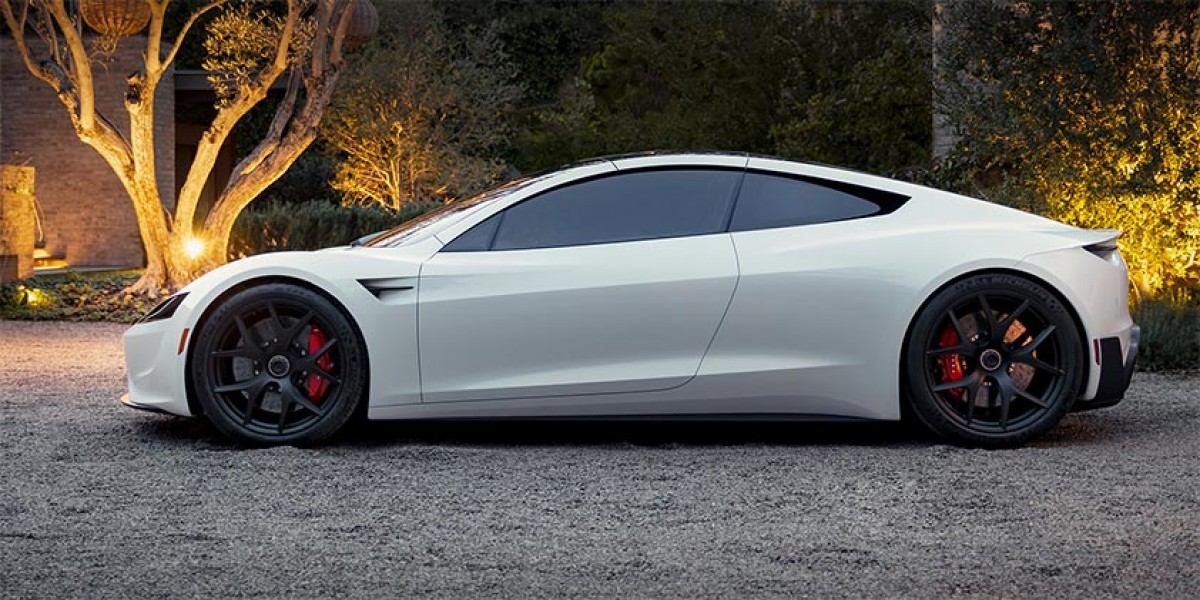
Of course, 2020 came and went. So did 2021, 2022, and 2023… The car never arrived. The original specifications are now eight years old and the Roadster has become a symbol of Musk's wildest, undelivered promises. As first buyers, who ponied up substantial deposits, started to line up for refunds, suddenly small signs of life appeared. The company even began hiring engineers for a new "Roadster battery," suggesting development has not stopped completely.
Musk's new claims came during a recent, wide-ranging three-hour podcast with Joe Rogan. When asked about the supercar, Musk confirmed it was still in the works and that the upcoming demo would be "unforgettable." He didn't stop there. He claimed the car holds "crazy, crazy technology" and that it's "crazier than anything James Bond." When Rogan pressed him on whether the car would actually fly, Musk remained vague, telling him to wait for the demo. "Is it even a car?" Musk mused.
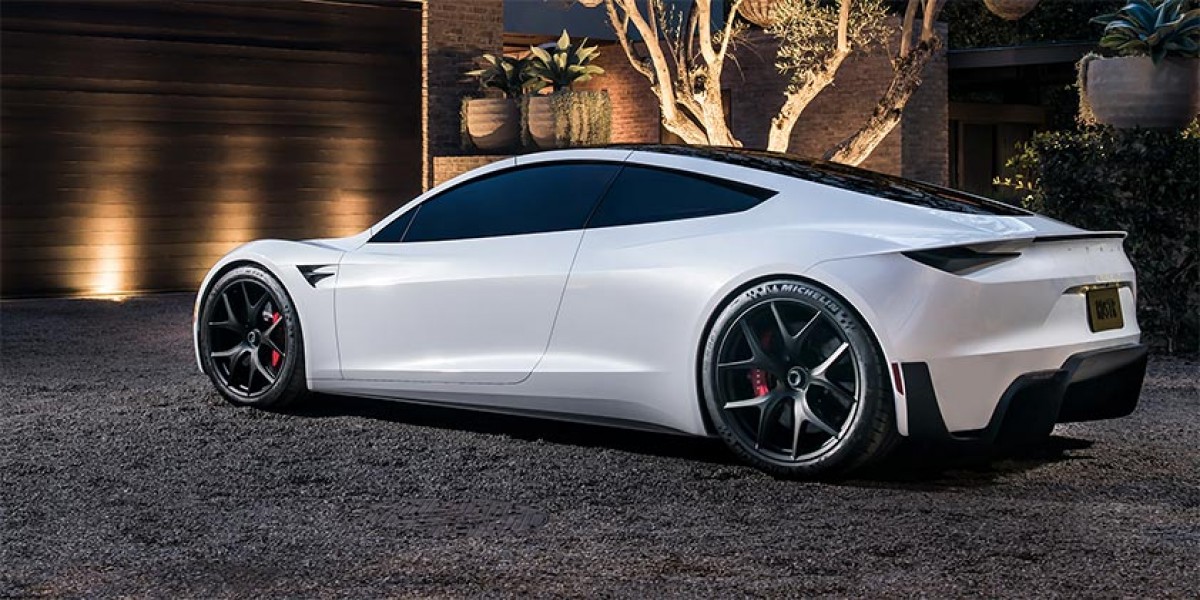
This "flying" talk is not entirely new. Shortly after the 2017 reveal, Musk discussed a "SpaceX package" for the Tesla Roadster. This option would supposedly add cold-air thrusters - small rocket engines - to the car. At the time, he claimed these would boost acceleration and downforce. He also hinted they could allow the car to "hover." Now, it seems he is bringing this fantastic idea back to the forefront.
But what does "flying" truly mean? Experts and industry watchers are highly skeptical. When most people imagine a flying car, they think of a vehicle that can drive on the road, then take off and fly for miles, like a small airplane. This is the world of only a few modern eVTOL aircraft. It is not something that a road-legal passenger vehicle that resembles a car, especially an all-electric one, can do well.
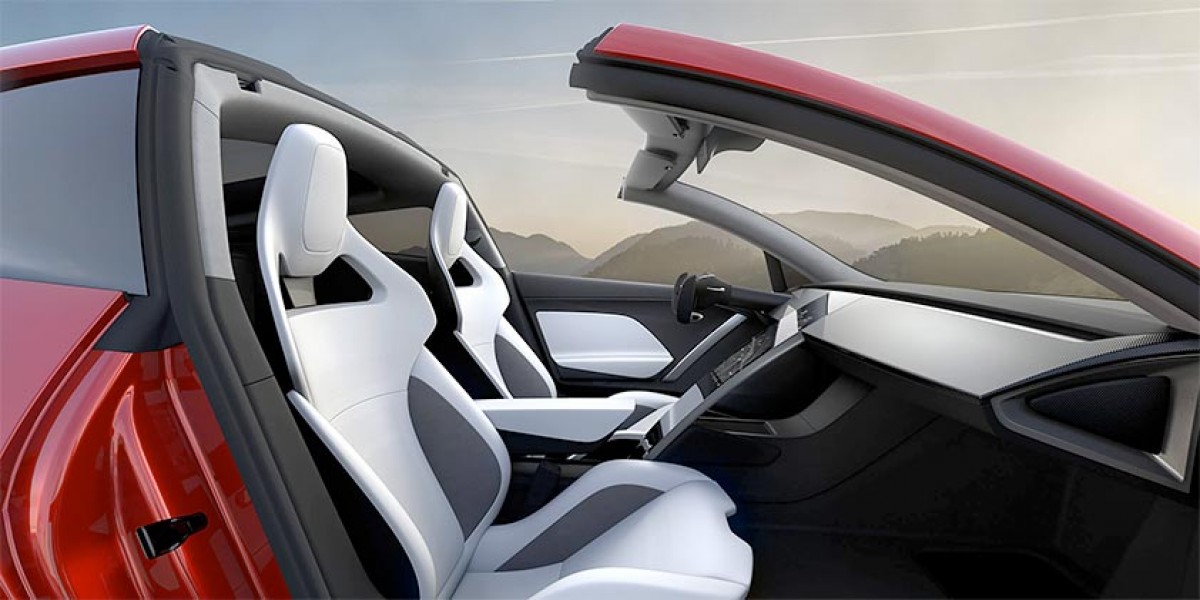
A more likely reality may be hidden in a Tesla patent. The company filed for a "fan-car-like system" that would use fans to manage airflow. This could be used to create a powerful vacuum under the car, sucking it to the road for extreme cornering and downforce. In theory, if you reversed those powerful fans, you could generate lift. This might allow the Tesla Roadster to "hover" a few feet off the ground or even perform a small "jump." This is certainly "crazy," but it is not flying. It's a high-tech gimmick, not a new mode of transportation.
For now, the automotive world is left where it has been for eight years: waiting. Elon Musk has set another deadline for his phantom EV. Will this "unforgettable" demo finally happen by the end of the year? And if it does, will we see a revolutionary new entry among electric cars, or just a very expensive car that hops? Given the Tesla Roadster's long and delayed history, a bit of skepticism is probably a good idea.
Related
Reader comments
- Anonymous
rimac freezer might be sold out by then :P
- 03 Nov 2025
- JQ4
- Anonymous
Spoilers: it won't, not even a little.
- 03 Nov 2025
- NMy
- Anonymous
Cyberster, Roadster, IconicSP, and 718EV are all invited to a race...and no one showed.
- 02 Nov 2025
- kmq






